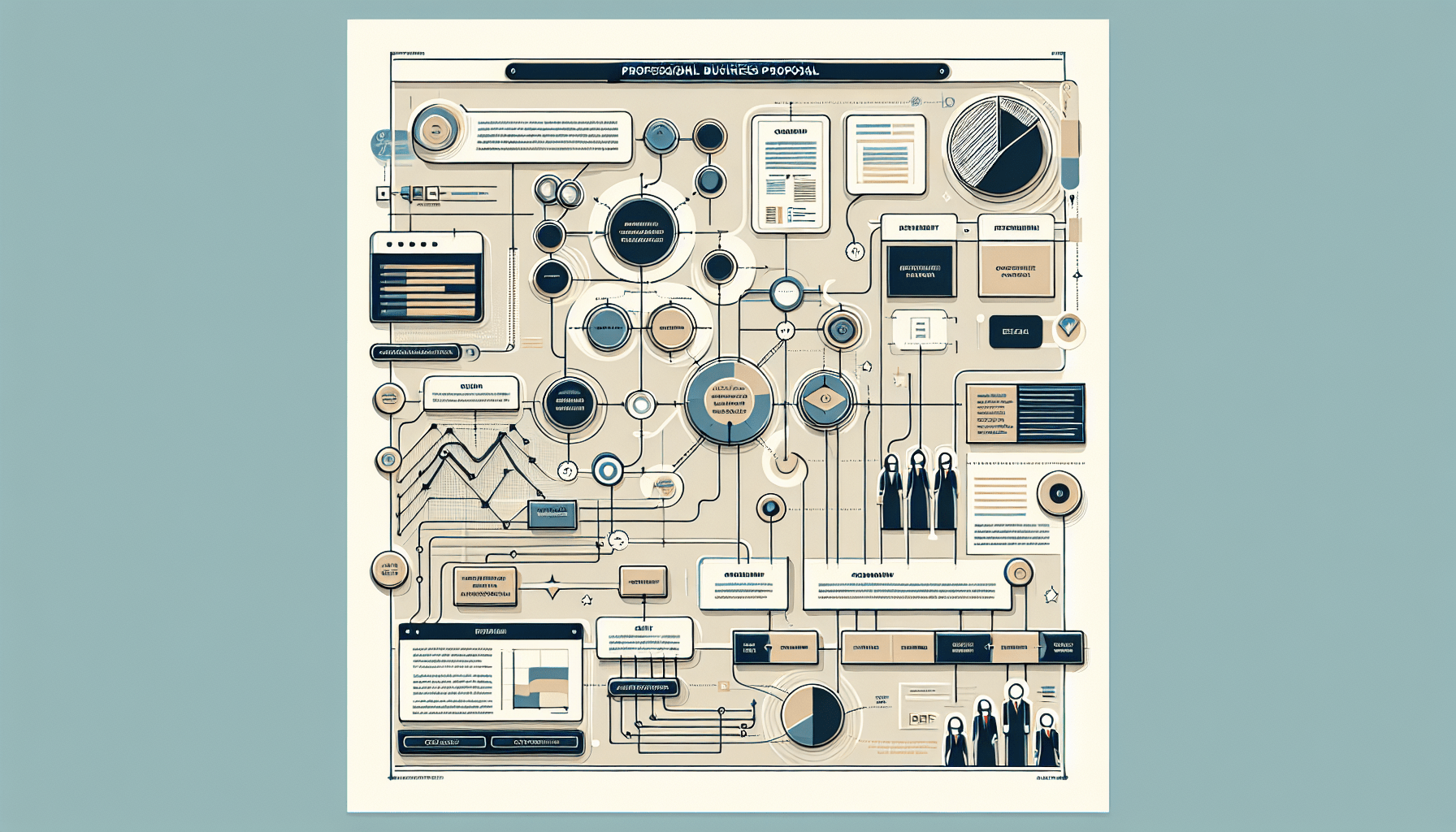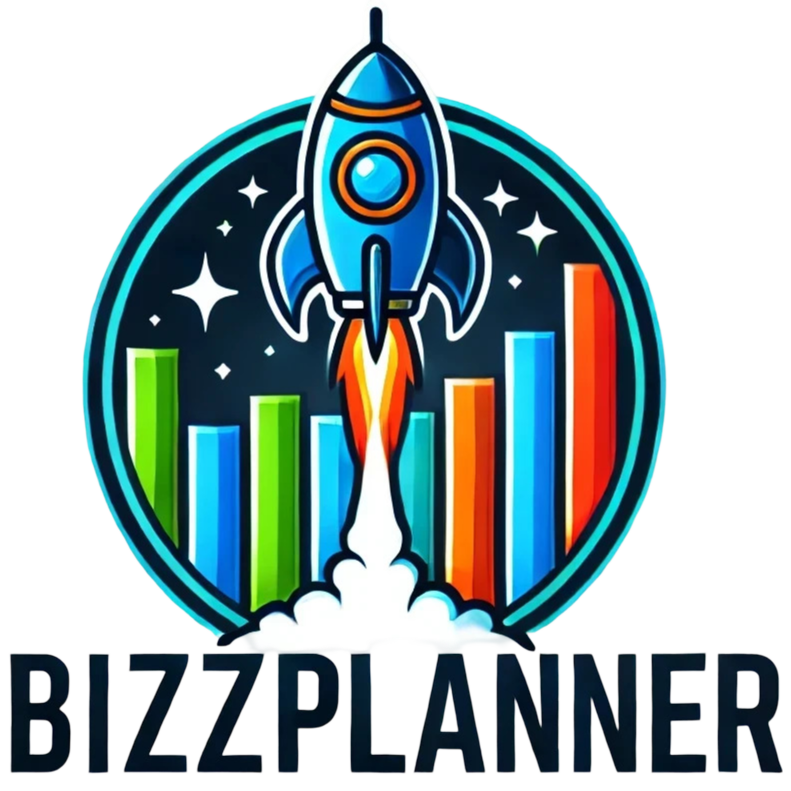Crafting a business proposal can feel like navigating a maze—you want to get it just right, but it’s easy to feel lost in the details. Whether you’re a seasoned entrepreneur or a first-timer, you might be struggling with how to present your ideas in a clear and compelling way.
But don’t worry! If you stick around, I promise you’ll discover simple examples and tips that can help you create a winning proposal that speaks directly to your client’s needs and goals.
We’ll cover everything from writing a powerful executive summary to including visuals that catch the eye. By the end, you’ll be armed with all the tools you need to put your best foot forward!
Key Takeaways
Stefan’s Audio Takeaway
- Use industry-related business proposal examples to structure your own effectively.
- Craft a concise executive summary that highlights key points and addresses client needs.
- Research and articulate the client’s problems with data to show you’ve done your homework.
- Clearly present solutions with examples from past projects to demonstrate effectiveness.
- Outline your methodology and provide a realistic timeline for project completion.
- Clarify your pricing structure by breaking down costs into understandable components.
- Include proof of success through testimonials and case studies to build credibility.
- Conclude with a strong call to action, encouraging the client to take the next steps.
- Focus on the client throughout the proposal, using client-centered language.
- Utilize visual aids like charts and graphs to enhance clarity and engagement.
- Write in a clear, concise, and simple manner to keep the reader’s attention.
- Include editable fields for customization to make the proposal feel personalized.
- Turn proposals into contracts by including terms that protect both parties.
- Add a cover letter and a table of contents for a professional touch and easy navigation.

1. Business Proposal Examples You Can Use
When crafting a business proposal, it’s helpful to have examples to guide you. Start by looking at successful proposals from companies in your industry. For instance, if you’re in tech, you might check out proposal templates used by firms like IBM or Microsoft.
These examples illustrate how to clearly define services, showcase unique selling points, and structure documents effectively.
Don’t forget to personalize your proposal; use client-specific data and references to show you’re engaged and prepared to address their unique challenges.
2. Write an Executive Summary
An executive summary is your chance to grab the client’s attention quickly. Think of it as a movie trailer: it should highlight the key points without giving everything away.
Start with a brief overview of your company and what you do, followed by the client’s needs and how your proposal addresses them. Use bullet points to list the main benefits you offer, and keep it concise—one page is usually more than enough.
Always remember to cater your summary to the specific client; mentioning their industry or recent achievements can make a big difference.
3. Identify the Client’s Problem
Understanding your client’s problem is key. This is where you show that you’ve done your homework. Start by researching their industry trends and challenges they might be facing.
For example, if you’re working with a retail client, identify issues like supply chain disruptions or online competition. Use data to back up your claims; statistics like “63% of consumers prefer brands that offer a personalized shopping experience” can highlight urgency.
Make sure to clearly articulate why these challenges matter to the client and how they affect their bottom line. Isn’t it nice when someone just gets you? Do that for your client and they’ll appreciate your effort!

4. Present Your Solutions
Once you’ve identified the client’s problem, it’s time to showcase your solutions.
Clearly outline how your products or services can alleviate their challenges.
Use examples from past projects to illustrate your points—real results speak volumes.
Be specific about the features and benefits of your solution. For instance, if you’re offering software, mention how it streamlines processes or reduces costs.
Also, consider incorporating flowcharts or infographics to visualize your solutions.
This makes it easier for the client to grasp complex ideas.
5. Outline Your Methodology and Timeline
Providing a clear methodology and timeline shows you have a structured approach.
Explain the steps you’ll take, from initiation to completion. This could involve phases like planning, execution, and evaluation.
Give concrete timelines for each phase, and be realistic; it’s better to under-promise and over-deliver.
A Gantt chart can be helpful here, showing project milestones and deadlines.
Transparency in your process builds trust with the client.
6. Clarify Your Pricing Structure
A transparent pricing structure helps avoid misunderstandings later on.
Break down costs into understandable components. You might have different pricing tiers based on the level of service.
For example, offering a basic package, a standard package, and a premium package allows clients to choose based on their needs.
Include any additional costs upfront, such as potential travel expenses or materials.
This helps clients budget effectively and feel confident in their financial commitment.
7. Provide Proof of Success
To build credibility, share testimonials and case studies from previous clients.
Real-life examples show potential clients what they can expect from working with you.
Use specific metrics where possible; for instance, “we increased revenue by 30% for a similar client.”
Don’t forget to ask past clients for referrals. People love hearing success stories directly from those who’ve experienced them.
This adds an authentic touch and enhances your proposal’s overall trustworthiness.
8. Craft a Strong Conclusion and Call to Action
Your conclusion should summarize the key points from your proposal.
This is the moment to reinforce how your solutions will benefit the client.
End with a strong call to action—encourage the client to meet or discuss the proposal further.
A simple statement like, “Let’s schedule a time to discuss how we can move forward together” can work wonders.
It tells them you’re eager and ready to take the next steps.
9. Keep Content Client-Focused
Throughout your proposal, keep the content focused on the client.
Use “you” and “your” more than “we” and “us.” This makes it clear that the proposal is tailored to their needs.
Address their challenges and explain how you can help them overcome those issues.
For example, instead of saying “We have a great team,” you might say, “Your project will benefit from our experienced team.”
This small shift in language makes a big difference in connecting with clients.
10. Use Visual Aids and Data Effectively
Using visual aids can enhance your proposal and make data digestible.
Incorporate graphs, charts, and images that reinforce your points.
For instance, if you’re discussing market trends, a simple bar chart can show growth over time.
This not only breaks up text but also gives a visual representation of your claims, making them more impactful.
Remember, a picture really can be worth a thousand words.
11. Write Clearly and Concisely
No one likes reading through dense paragraphs filled with jargon.
Keep your language simple and clear—aim for a conversational tone.
Short sentences improve readability and keep the reader engaged.
A good rule of thumb is to avoid using more than one technical term per paragraph unless absolutely necessary.
This keeps your message clear and prevents confusion.
12. Include Editable Fields for Customization
Including editable fields allows the proposal to be personalized.
You might consider adding sections where specific client details can be filled in.
This could include their name, project specificities, or customized solutions.
Editable proposals feel more tailored and less like a generic template.
Using tools like Google Docs or Word templates can make this process even easier.
13. Turn Your Proposal into a Contract
If your proposal is accepted, it can effectively serve as a contract.
Ensure you include necessary terms and conditions to protect both parties.
Detail the scope of work, payment terms, timelines, and any contingencies.
This helps avoid future disputes and ensures everyone is on the same page.
A formal agreement can often streamline the onboarding process if the client chooses to proceed.
14. Add a Cover Letter and Table of Contents
A cover letter adds a personal touch, introducing your proposal.
Thank the potential client for the opportunity and briefly summarize what they can expect in the proposal.
A table of contents makes your proposal easy to navigate.
Readers will appreciate being able to jump directly to sections that interest them.
Consider this a good practice, especially in longer documents—it’s all about making their experience smoother.
FAQs
An executive summary summarizes your business proposal’s key points. It provides the client with a quick overview of your proposed solutions, making it easier for them to understand and assess the value of your proposal.
Identify the client’s problem by researching their business challenges, speaking directly to stakeholders, and reviewing any prior communications. Understanding their pain points allows you to tailor your solutions effectively.
Including proof of success, like case studies or testimonials, establishes credibility and demonstrates your ability to deliver results. This evidence helps build trust with the client and can significantly improve your proposal’s effectiveness.
To make your proposal client-focused, use their language, prioritize their concerns, and align your solutions with their goals. Always frame your offerings in a way that highlights the benefits and value they will receive.
